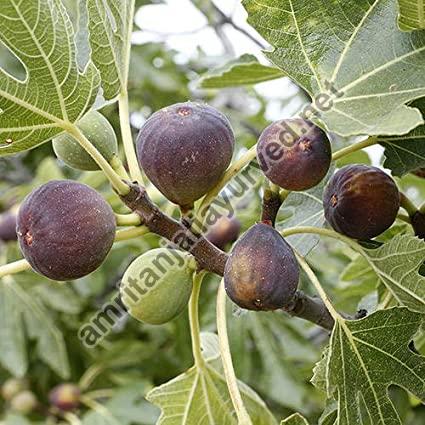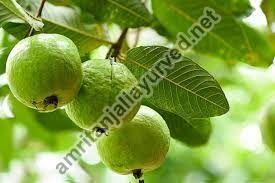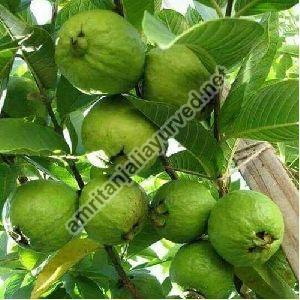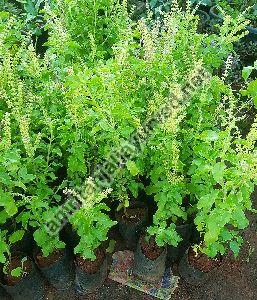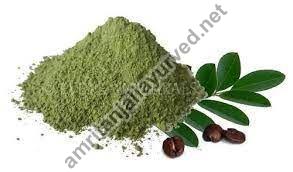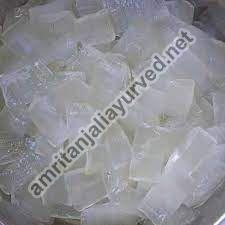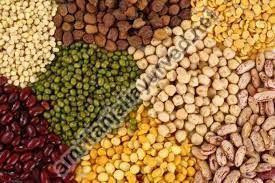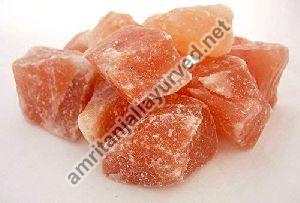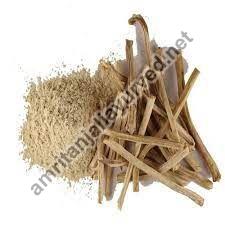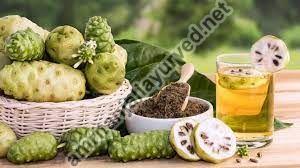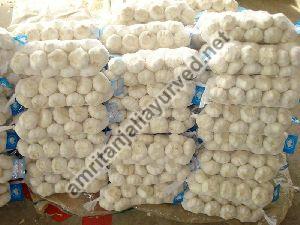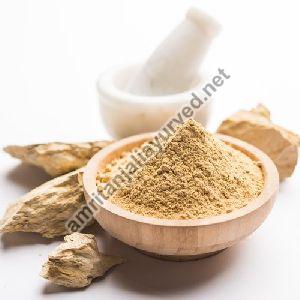Saheli Nagar, Udaipur, Rajasthan
- GST NO. : 08AAOCA7653C1ZJ
200 PLANT (MOQ)
| Business Type | Manufacturer, Exporter, Supplier, Retailer |
| Plant Size | 1-10 Feet |
| Temperature | 45 degrees C |
| Click to view more | |
Preferred Buyer From
| Location | Worldwide |
Product Details
ANJEER CULTIVATION
Fig (Ficus carica), is one of the ancient fruits known to mankind which also finds its mention in the Bible. It is reported to be under cultivation from 3000-2000 BC in the eastern Mediterranean region.
The fig fruit is unique. Unlike most 'fruit' in which the structure is matured ovary tissue, the fig's edible structure is actually a stem tissue. The fig fruit is an inverted flower with both male and female flower parts enclosed in stem tissue, botanically known as a syconium.
At maturity, the interior of the fig contains only the remains of the flower structure, including the small gritty structures commonly called 'seed', which are the unfertilized ovaries that had failed to develop. They impart resin like flavour associated with fig.
Fruits are consumed fresh as well as in the dried form.
Fresh Figs are delicious and nutritious as they are rich in calorie, protein, calcium and iron. Fig has nutritive index of 11, as against 9 for apple and 6 for raisin. The bulk of the fruit (about 80%) is consumed in the dried form. The fruit is also credited with laxative and medicinal properties and is being applied on boils and for other skin infections
.
Types of Fig
Figs have been grouped into four types depending on the sex of the flower and the method of pollination.
Common Fig or Edible Fig- Individual flowers are long styled pistillate and fruits develop parthenocarpically. Popular cultivars include - Poona, Conardia, Mission Kadota, and Brown Turkey.
Smyrna Fig - Fruit develops only on Pollination by male flowers of Capri fig through the Fig wasp. Most important variety is 'calimyrna'.
Capri Fig or Wild Fig - Short styled Pistillate flowers and functional staminate flowers, Capri fig are not edible but grown because they harbour fig wasp (Blastophaga psenes), which is necessary for pollination and setting fruits.
San Pedro Fig - It is an intermediate type where the first crop (known as Breba) is Parthenocarpic, while the 2nd crop (main) requires pollination like Smyrna type.
Global and National Scenario Fig is a moderately important fruit crop with an annual estimated global production of one million tons of fruit of which about 30% is produced by Turkey. The other major producers are Egypt, Morocco, Greece, California, Italy, Algeria, Syria and Tunisia.
In India, fig is considered to be a minor fruit crop and the commercial cultivation of common (edible) fig is mostly confined to Western Parts of Maharashtra, Gujarat, Uttar Pradesh (Lucknow & Saharanpur) Karnataka (Bellary, Chitradurga & Srirangapatna) and Tamilnadu (Coimbatore).
Package of Practices
Climate
Fig being a deciduous and sub tropical tree, prefers areas having arid or semiarid environment, high summer temperature, plenty of sunshine and moderate water. Although the plants can survive temperature as high 45C, the fruit quality deteriorates beyond 39C. Though the mature tree can withstand low temperature up to 40C, it makes good growth when the temperature is above 15 - 21C . The size, shape, colour of the skin and pulp quality are markedly affected by climate. But quality figs are produced in the region with dry climate especially at the time of fruit development and maturity. High humidity coupled with low temperature usually results in fruit splitting and low fruit quality.
Soil
Fig is one of the most salt and drought tolerant crops. It can tolerate a fairly high level of sulphate or chloride salt. Medium to heavy, calcareous, well drained, deep (about 1 m ) soil having pH of 7-8 is ideally suitable cultivation of fig.
Varieties
There are about 20 popular varieties of fig that are being grown in different parts of the world. Some famous varieties of common fig grown in different countries are 'White Adriatic' 'Black Mission', 'Kodota' and 'Conadira' in California; 'Kalamon' in Greece; Sultani in Egypt. The 'Smyrna types' includes popular Turkish cultivar known as 'Saricop' in Turkey and 'Calimyrna' in United States. In India 'Poona' is the most popular cultivar grown for consumption as fresh fruit. Most of the fig grown in Mangalore, Bellary, Coimbatore, Daulatabad, Ganjam, Lucknow and Saharanpur resembles in plant and fruit morphology to that of Poona Fig. Recently, a variety 'Dinkar', an improvement over 'Daulatabad' variety for yield and fruit quality is gaining commercial importance. Some hybrids from California have reportedly performed better over Poona Fig under Mangalore conditions.
Propagation
Fig is propagated by cuttings. Cuttings of about 25 cm in length having 3-6 nodes from the wood of previous season are usually used as planting material.Now-a-days Tissue Culture Plants are also available
.
Planting
Fig is planted in square system of planting at a spacing of 5 x 5 m accommodating about 160 plants per acre. Pits of 0.6 cu.m are dug for planting the cuttings. The planting is generally done during June to September.
Manures and Fertilisers
The year wise requirement of various manures and fertilisers for fig is as under
Recommended fertiliser dosage (kg/tree/year) for Fig
Year FYM Neem Cake Nitrogen Phosphorous Potassium
1 25 0.50 0.060 0.040 0.040
2 25 0.50 0.120 0.080 0.080
3 25 1.00 0.180 0.120 0.120
4 30 1.50 0.240 0.160 0.160
5th year onwards
35 2.00 0.300 0.200 0.200
Irrigation
Fig can sustain heat and drought. However, for commercial production timely irrigation is necessary. Flood irrigation at an interval of 10-12 days during summer is ideal. However, if drip irrigation is adopted 15-20 litres of water/day/plant needs to be provided.
TrainingandPruning
Fig trees are trained initially to a single stem and allowed to grow to a height of about 1m and then it is topped. Light pruning is practiced in Poona Fig after the monsoon is over i.e. in October
.
Plant Protection
The major pests of fig are stem borers, leaf defoliators and fig flies. The fig fly can be controlled by Demecron (0.05% spray). The stem borer is controlled with the application of Phorate granules with Petrol or Kerosene. Important disease of fig is rust which is caused by Cerotelium fici. It can be controlled by dusting with sulphur or spraying with Blitox or Dithane M-45 and Dithane Z-78.
Growth regulator
To promote proper shoot growth and to prevent fruit drop in fig, growth regulators like Gibberellic Acid (GA) @ 30 ml / litre of water is used.
Harvesting and Yield
Though fig starts bearing fruits from the second year, commercial harvesting is done from the third year. The yield increases with increase in canopy size of the tree and stabilizes during eighth year. The economic life of the plant is about 35 years. The harvesting season starts in February - March and is over by May - June. The fruits are harvested in 2-3 day intervals manually. The age wise yield of fig (fruits in kg/per tree) is given in Table
Age wise yield of Fig (kg/tree)
Age of the plant (years) Yield/tree (kg)
3 3
4 6
5 9
6 12
7 15
We provide Agro technology and Agribusiness consultancy through better utilization of your resources, value of your money, independent consultancy, cost effective, profitable solutions and complete satisfaction without any deviation.
Material Available
ANJEER PLANT
ANJEER FRUIT
With a proper network of buyers with us, we are able to provide returns of the farmers/cultivators who purchase the planting material from us and do farming as per our instructions. The crop/crops under buy back agreement are provided with targeted requirements. We are making farming a business which gives assured profits.
Persons interested in farming with buy back agreement will be entertained only on prior appointment basis.+91-9799931200
Looking for "Anjeer Plant" ?
Explore More Products


